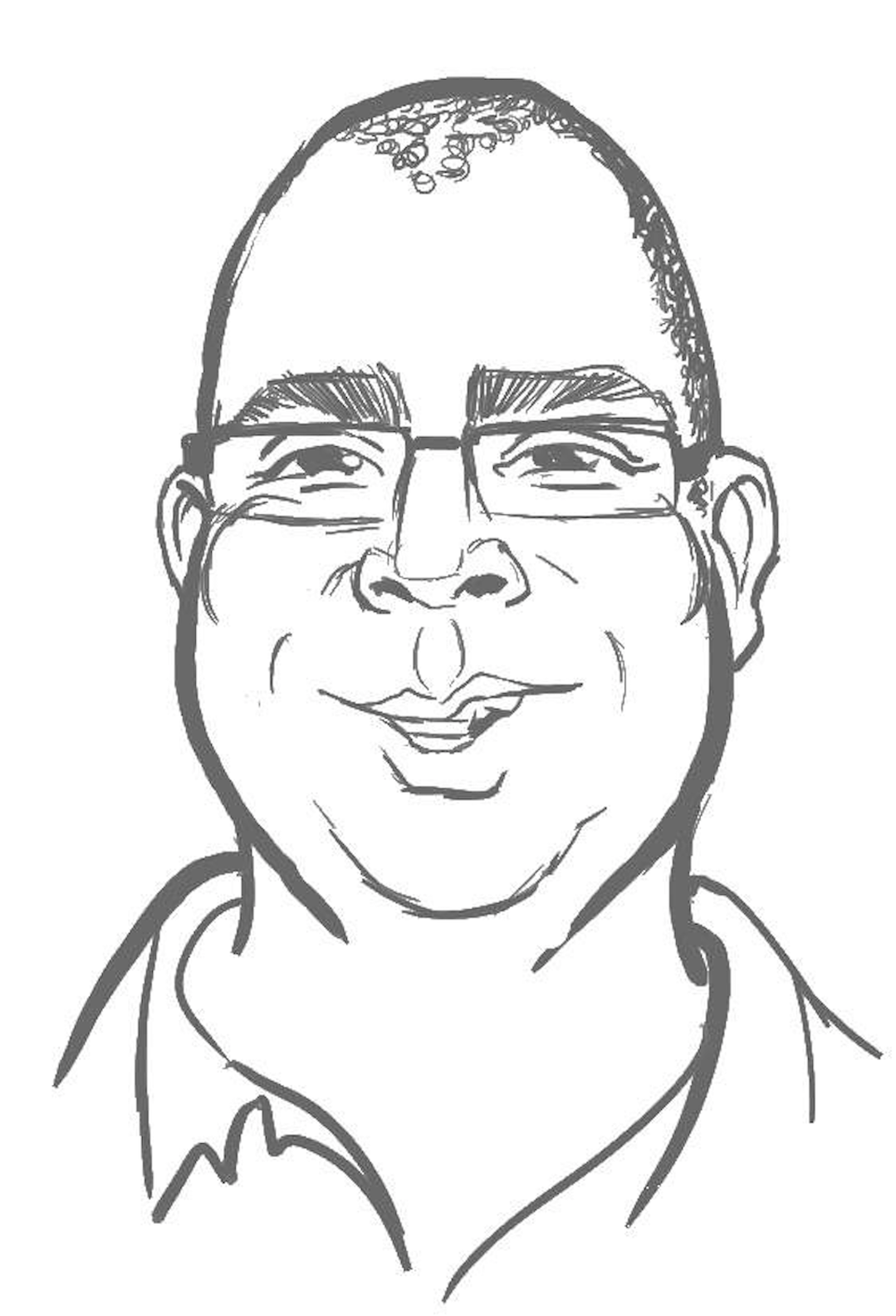Toroidal Application Notes
“Effective Mounting of Toroidal Magnetics Requires Packaging and Production Considerations”
– Richard Barden, Anaheim, California
Core material and size are not the only considerations for designers of toroidal transformers and inductors. Mounting and packaging for magnetic devices have become more important in recent times as companies gained the ability to view the total cost of a component as a combination of its price, availability, quality, durability and how efficiently it can be put on the circuit board. Today magnetic components in small and medium quantities are being mounted and packaged to improve durability in transit, to speed inspection time by allowing plug in testing, and to reduce production and rework costs. More and more the magnetic design engineer using a toroid must consider packaging and production options in addition to core material and size. Often the best magnetic package is a compromise between the optimum magnetic design, “manufacturability”, durability and the availability of hardware. This section (paper, application note) will help a magnetic design engineer with the packaging aspects of designing on a toroidal core. Current technology relies heavily on soldering a component to the printed circuit board. For a toroidal core and winding, a header or toroid mount is used to facilitate connecting the windings to the PCB by providing a terminal as an intermediate connection, or by positioning the winding for direct connection to the PCB. This can be done using through hole soldering or surface mount soldering.
Through Hole Toroid Mounts
Through hole headers and mounts connect components to a printed circuit board by inserting a terminal or lead through a hole in the board and soldering it to the opposite side. Through hole headers and mounts have two basic configurations: horizontal or vertical. Horizontal through hole headers or toroid mounts are widely used as a platform or holder for mounting wound toroids on their side. They are usually molded from plastic (see “Selecting the Best Plastic for Your Application”) with the size, shape and number of termination points specific to the wound toroid. They are most often either a platform, as in figure 1, or cup shape like figure 2. The molding of either configuration will typically include standoffs which allow the printed circuit board cleaning solutions to easily flow under the component. The minimum standoff is usually .015 inches.

The leads from the toroidal winding are attached to the mount’s terminals, usually by soldering. If the winding’s wire is large and stiff enough, the wire can be “self leaded” and positioned through the header or mount into the printed circuit board, as in figure 3. Once the toroid is attached to the mount, this component is ready for insertion into a printed circuit board. Magnetic components are heavy and the mechanical characteristics of the solder connection are as important as electrical integrity. Printed circuit boards with un-plated through holes using heavy components may require a clinched terminal as described in MIL-STD-2000 and shown in figure 4. Printed circuit boards with printed through holes offer good mechanical integrity without clinching, providing a successful intermetallic bond is created during the board solder process as shown in figure 5.

The toroids can be attached to the mount with either adhesives or mechanical means. Cup shaped toroid mounts can be filled with a potting or encapsulation compound to both adhere and protect the wound toroid. Horizontal mounting offers both a low profile and a low center of gravity in applications that will experience shock and vibration. As the toroid’s diameter gets larger, horizontal mounting begins to use up valuable circuit board real estate. If there is room in the enclosure, vertical mounting is used to save board space.
Vertical Toroid Mounts
Vertical through hole headers and toroid mounts stand up wound toroids to save circuit board real estate. As with horizontal mounts, vertical mounts are usually molded from plastic (see “Selecting the Best Plastic for Your Application”) with the size, shape and number of termination points specific to the application. The molding of either configuration will typically include standoffs which allow the printed circuit board cleaning solutions to easily flow under the component. The minimum standoff is usually .015 inches. Vertical toroid mounts come in many configurations, several of which are shown in figures 6 through 11. Much of their structure to devoted to supporting the vertical toroid and creating a stable base for connection to the printed circuit board.

The leads from the toroidal winding are attached to the mount’s terminals, usually by soldering as shown in figure 6. If the winding’s wire is large and stiff enough, the wire can be “self leaded” and positioned through the header or mount into the printed circuit board, as in figures 3, 7 and 8. The advantage of self leading mounts is that the expense and vulnerability of an additional intermediate solder connection is avoided. The toroids can be attached to the mount with either adhesives, mechanical means or by encapsulation. Cup shaped toroid mounts, (Figures 8,9, and 10) can be filled with a potting or encapsulation compound to both adhere and protect the wound toroid.

Vertical mounting saves circuit board real estate when a toroid’s diameter gets larger but creates a component height issue. Vertical mounting also raises the component’s center of gravity making it vulnerable to shock and vibration.
Surface Toroid Mounts
Surface mount components are a direct response to cost reduction efforts that center around improved circuit board production. Automatic or robotic pick and place equipment can pick up and place surface mount style components on a printed circuit board faster and more accurately than previous technology would allow. Instead of a pin or terminal passing through a printed circuit board and being soldered on the opposite side, surface mount components utilize a flat solderable surface that is soldered to a flat solderable pad on the face of the printed circuit board (Figure 11). The pad on the circuit board is usually coated with a paste like formulation of solder and flux. With careful placement, surface mount style components on solder paste will stay in position until elevated temperatures, usually from an infrared oven, melt the solder paste and solder the mount’s flat terminals to the circuit board’s pad.

Because the mount’s leads lay on the printed circuit board, it is important that all the mount’s leads are flat and on the same plane. If one or several of the leads are out of position or not on the same plane as the others, the solder connection can be defective. The industry specification for lead “co-planarity” allows a tolerance of .004 inches from the plane of the printed circuit board. This makes the handling and packaging of surface mount devices critical to the overall cost and performance of the technology. A wound toroid must be incorporated in a header or mount in order to utilize surface mount technology. There are several styles of surface mount headers and mounts for toroids which are usually molded from plastic (see “Selecting the Best Plastic for Your Application”) with the size, shape and number of termination points specific to the wound toroid.

The most familiar styles are either gull wing (figures 12 and 14) or “J” lead (figures 13 and 15) horizontal surface mount devices. The gull wing style is widely used because it is relatively inexpensive to mold and form. The gull wings are flexible to withstand thermal expansion and contraction and it is easy to inspect the integrity of the gull wing lead to circuit board solder connection. The “J” lead also has wide acceptance because it uses up less board real estate than the gull wing. However, the “J” lead to board solder connections are hidden from inspection and the leads are more difficult to form. Once the toroids are attached to the mount with either adhesives, mechanical means or by encapsulation, the winding leads are connected, usually by soldering, to the mount’s terminations. Surface mount components need to be shaped so the robot can pick them up from a package, tube or tray and place them on the circuit board. Two common methods are either a mechanical grabber or a vacuum pickup. In either case the mount needs to be designed with a shape a robot can grab or a flat horizontal surface that allows vacuum pick up. Figure 12 shows how a cup can be placed on the device which creates a flat horizontal surface for vacuum pickup. Figure 13 shows an inverted cup design with “J” lead terminals which also allows vacuum pickup. Both the gull wing and “J” lead are subject to co-planarity problems if packaging for shipment and production handling is not carefully considered. New surface mount techniques are being introduced to the industry constantly. One style is the “Lunar Lander” which is shown in figures 16 and 17. The “Lunar Lander” incorporates a lead style that is more rigidly supported by the plastic molding. This style is very robust and will tolerate handling and shipping with little or no effect on the co-planarity. This style solders well with the mount to board connections mostly visible for inspection. Figure 16 shows the Lunar Lander lead style incorporated with a cup shaped mount. This can be filled with a potting or encapsulation compound to both adhere and protect the wound toroid. The cup shape also offers a flat surface important to pick and place vacuum pick up as well as convenient location for a part number marking. A self leaded surface mount header/toroid mount is a relatively recent development. In this style of toroid mount, the toroid’s winding becomes the surface mount connection to the circuit board. The winding terminations are first tinned, then channeled and gripped by the design and characteristics of the plastic molded mount, making a suitable surface mount connection point. This concept improves reliability and reduces cost by eliminating an intermediate solder connection.

Figure 19 shows how the tinned winding lead is held in position by the mount, on a solder paste pad for example, allowing the surface mount connection to be made during infrared re-flow. While this can offer a cost effective connection method, the mount is usually specific to a particular wire size, and will be subject to co-planarity problems if the wire is not positioned correctly. As with the other surface mount styles, a flat surface for vacuum pick up needs to be incorporated into the toroid mount’s design.
Selecting the Best Plastic for your Application
Plastics used in molding toroid mounts and headers come in two broad categories, thermoset and thermoplastic. Thermoset plastics include epoxies, phenolics and Diallyl Phthalate (DAP) which are known for their environmental stability and ability to tolerate over 750° F without melting. Thermoplastics include nylon, polypropylene, polycarbonate, polyester (Valox, Rynite), LCP (Vectra) and PPS (Ryton) which will begin to melt if they experience temperatures much above 500° F for an extended period. The chemistry that gives thermoplastics a lower melting point also make it less expensive to mold, giving it a cost advantage over thermoset plastics.
Thermoplastics are widely used in applications that do not experience temperatures above 500° F, except for a few seconds during the winding lead to terminal and component to PCB soldering process. Thermoset plastics on the other hand, are popular in magnetic applications when it is used in conjunction with self stripping magnetic wire. The un-stripped and un-tinned magnetic wire is wrapped around a terminal molded into a thermoset header or toroid mount and then dipped into a 750° F solder pot. The high temperature solder will burn off the wire’s insulation, tin the wire and solder it to the terminal in a cost effective way, without melting the mount.
There are trade offs between the two plastic types that must be considered. The mount will be less expensive if molded from thermoplastic but will require pre-tinning the winding leads and careful heat management while soldering the leads to the mount and soldering the mount to the circuit board. The thermoset mount will be more expensive, but with self stripping magnetic wire, several terminations can be soldered at once and the wire will not need to be stripped or pre-tinned, possibly making the overall cost of producing the component lower.

Contact our Sales Team With Any Inquiries






